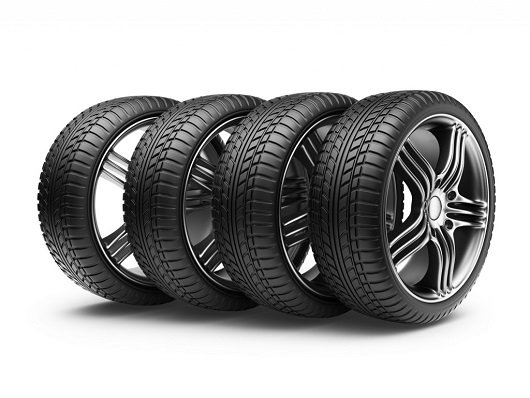Because tire molds are often exposed to rubber, they will inevitably be affected by the rubber coagulation process. Suppose they are not cleaned and maintained frequently. In that case, dirt will accumulate in some patterns, resulting in insufficient accuracy of the product and a significant impact on the life of the mold. In addition to manual and mechanical cleaning, laser cleaning is also gradually being used.
Using the laser cleaning method, because the laser can be transmitted by optical fiber, it is flexible in use; because the laser cleaning method can be connected to the optical fiber, the light guide can be cleaned to the dead corner of the mold or the part that is not easy to remove, so it is convenient to use; No gasification, so no toxic gas will be produced, which will affect the safety of the working environment.
It has obvious advantages compared with traditional cleaning methods such as mechanical, chemical corrosion, liquid-solid, substantial impact cleaning, high-frequency ultrasonic cleaning, etc. It is efficient, fast, low cost, and low thermal and mechanical load on the substrate. The cleaning is non-damaging; it is safe and reliable without environmental pollutants and does not damage the health certificate of the operator. It can remove various coatings with different thicknesses and different compositions. The secondary cleaning process is easy to realize automatic control and realize remote control cleaning and so on.
Laser cleaning technology has significant advantages such as high efficiency, low cost, and no damage to the mold. At the same time, online cleaning operations can be realized, and the operator’s safety is guaranteed. Compared with traditional cleaning methods, laser cleaning dramatically improves the cleaning quality and efficiency, solves the problems of conventional cleaning methods, and fully meets the requirements of rapid and reliable tire cleaning.

